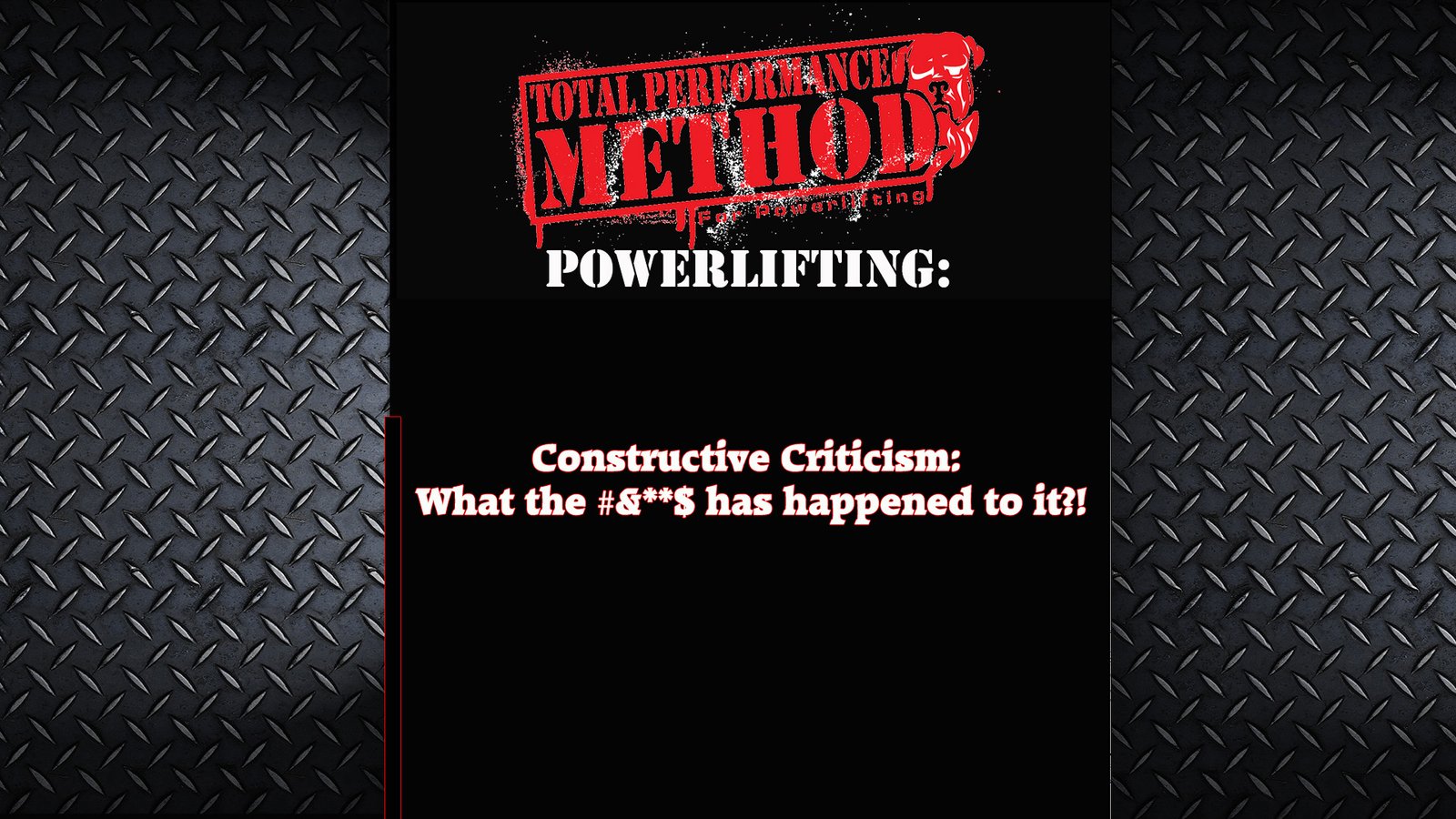By CJ Murphy for Elitefts.com
A recent post by Jim Wendler about Jump Stretch band tension got me thinking about some things.
Let me preface what I’m about to say is that by no means am I the guy who tells you that he squatted 800 pounds because that’s what my band tension made of at the top.
That guy did work out at TPS previously, but we shamed him into leaving.
Anyway, the point of this article is actually interesting. We recently drilled out the base of our monolift and added 4 holes on each side for band pegs. I had a rough idea of how much tension various bands gave at average heights, but wanted to find out exactly how much difference there was using pegs at different widths.
Jim stated that he and Dave were not much smarter than the average Labrador, I said “shit I’m at least as smart as a Labrador.” I can do this, so with my trusty assistant Steve, we performed a science experiment.
First, we established the bar height with me in my squat stance. This was 56” from the floor. Next we set up our ghetto force plate (GFP), this consisted of a $1500 livestock scale that we had lying around (don’t ask where or why we have stuff like this), a jump stretch platform on top of the scale and Steve.
Why Steve?
Why not! I’m certainly not going to stand my 300 pound ass on a rickety platform with two jacked up Jump Stretch Blue bands. No, it’s because the scale was 5” off the floor and we needed someone shorter than me to get the necessary bar height. So, with Steve on the GFP (Ghetto Force Plate) and a safety squat bar on his back we had a bar height of 56”.
We then weighed Steve and the bar, this was written down and bands were then attached with the pegs in these different positions.
We’ll call them 1, 2, and 3 for scientific purposes.
We established that there was a substantial difference in the amount of tension when spacing them out. Much more than we thought!
Band Tension at 56” from floor
Position 1
Light Average Strong
74 126 176
Position 2
103 186 264
Position 3
160 230 296
(Note: These are the tension measurements of one band on each side of the bar at 56: from the floor.)
To determine the actual tension, the weight of Steve and the bar was subtracted from the total amount on the GFP.
At one point one of our gym members looked over at us bewildered and asked “what the hell are you guys doing”.
I was very proud here, as Steve piped in “relax, this is top 20 shit here.” (MH 20 Best Gyms reference). This made me laugh.
Take away points from this piece:
I am as smart as a dog
- bands add tension to your squats, pulls, etc.
- Band tension can be made greater by spacing the bands out with pegs, 2×4’s etc.
- Don’t be the guy who adds band tension in with straight weight and tells people he squats 700×3, when you don’t
- Steve is a wise ass
I can keep going, but the biggest point is this:
We drilled our monolift out to put in band pegs so that we can vary our band tension in different ways, will it work, we’ll find out.
Remember, the chart with the amount of band tension only applies to our monolift at 56”. It provides us with the information that we can almost double the amount of tension from the same band if we want to.
You can drill out your rack or monolift, or you can by the new jacked up monoliftwith the pegs already installed.
This information will be comparable with the jacked up monolift because we copied the hole spacing as close as we could.
Good Luck.







Leave A Comment